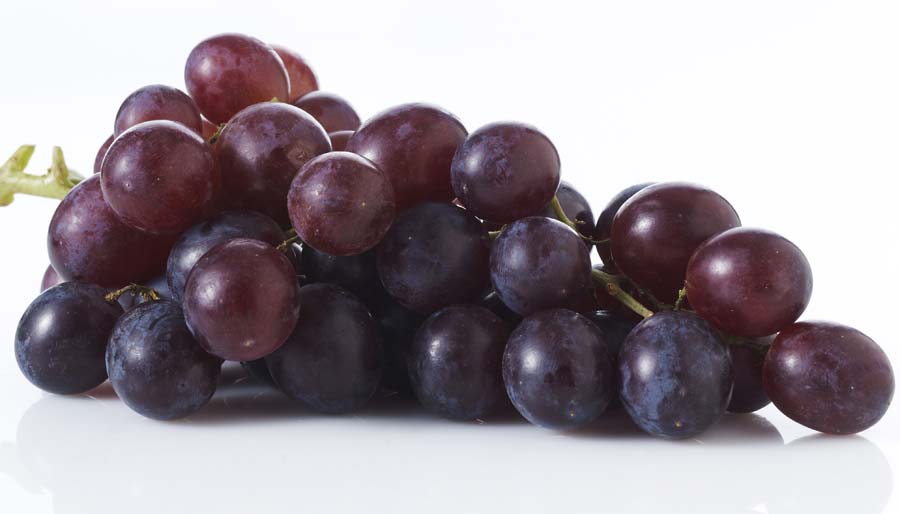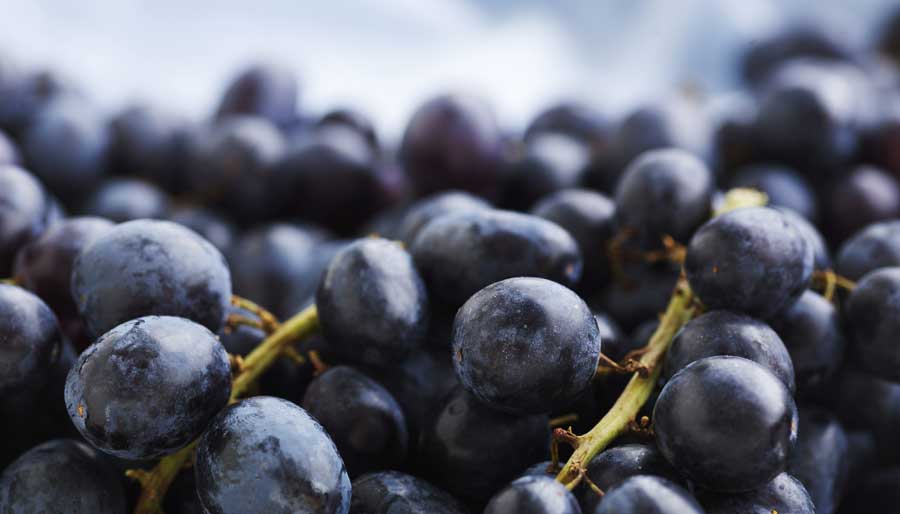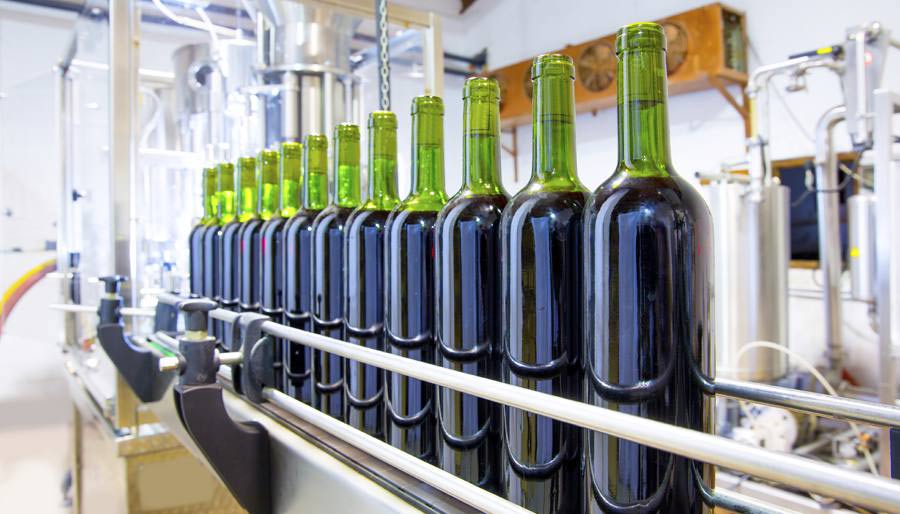Consumers expect winemakers to minimize the number of manipulations used to make wine. Focusing on fermentation is the way to success in this new reality. In winemaking, grape juice needs to go through two fermentations: alcoholic and malolactic.
Increasing our knowledge about the microbiology taking place during these two key steps to perfectly understand the interactions between all the microbes present – from the vineyards to the bottling process – is definitively the most efficient way to know what to select from the wild, indigenous yeast and bacteria pools available in nature, i.e., the most interesting microbes for winemaking.
Bioprotection, the key concept from Chr. Hansen. Using biological control to protect grapes, must or wine.
Bio-protection uses a high concentration of identified and living microorganisms to mitigate the development of spoilage microorganisms (yeasts, molds, bacteria) that could degrade microbial quality, organoleptic characteristics and overall wine quality, thus spoiling wine or rendering it unsafe.
Two mechanisms explain bioprotection applications:
-
Competitive exclusion: The culture or the blend of cultures selected can outcompete other species or strains of microorganisms. An example of Bio-protection by competitive exclusion is the direct inoculation of wine with high concentrations of selected strains of Oenococcus oeni at the end of alcoholic fermentation to manage malolactic fermentation (MLF) and avoid the development of contaminants such as Brettanomyces.
-
Production of compounds able to inactivate other microorganisms: alcohols, organic acids or peptides.
An example of bioprotection is the direct inoculation of VINIFLORA® NOVA™, a pure Lactobacillus plantarum strain, into the grape juice to protect against molds and acetic-acid bacteria early development once grapes are harvested.



